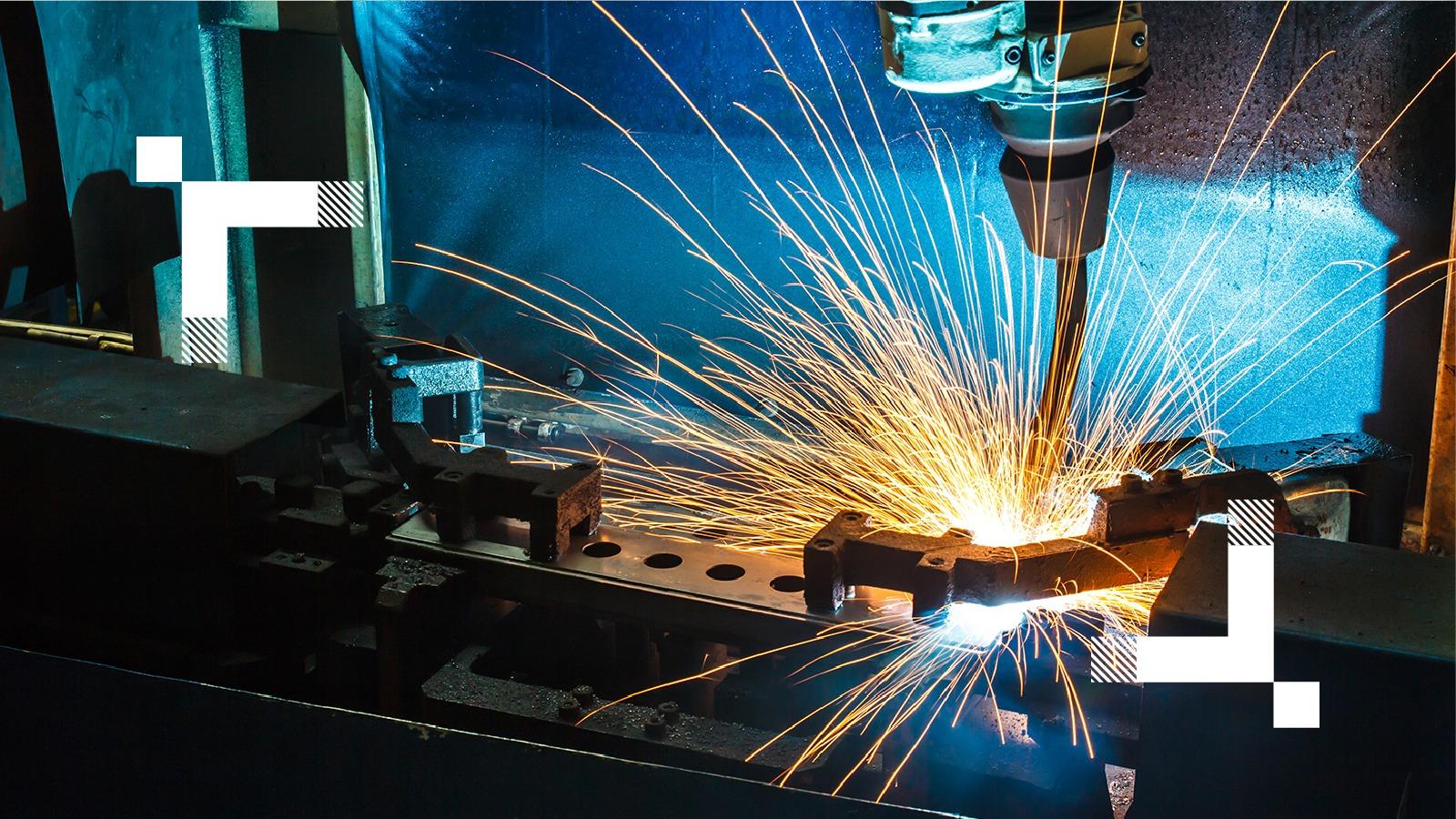Deal activity in the industrial manufacturing and automotive (IM&A) sectors is expected to increase during 2024, as market challenges such as inflation and higher interest rates are likely to ease along with greater flexibility in dealmaking.
Rapid technological advancements, such as artificial intelligence (AI), automation and digital transformation are strategic areas of focus for M&A opportunities. Companies are looking to acquire new technologies or digital capabilities to stay competitive or expand their market presence. IM&A companies with strong R&D teams or innovative products will be a focus for dealmakers as their organisations attempt to accelerate their own efforts, shorten time to market and stay ahead of competitors. Companies may engage in M&A to respond to disruptive forces or to transform and reposition themselves as disruptors through acquisitions of start-ups or other players.
A disciplined approach by dealmakers in the IM&A sectors will balance the opportunities and challenges of the macroeconomic environment. While uncertainty remains, there is rising optimism in the United States due to the potential lowering of interest rates during 2024, which would create more favourable economic conditions. In European and other markets, we anticipate that uncertainty surrounding market growth and interest rate expectations may make it difficult for buyers to get comfortable with near-term forecasts, and the valuation gap between buyers and sellers may persist. Additionally, regulatory approvals and antitrust considerations will affect deal timelines and the feasibility of certain transactions, especially in more heavily regulated subsectors, such as aerospace and defence.
“IM&A deal activity will likely increase in 2024 from a stable level as dealmakers weigh innovation and strategic goals against current market conditions and global uncertainties. This, coupled with divestitures from portfolio reviews, will drive transformation and growth.”
Michelle Ritchie,Global Industrial Manufacturing and Automotive Deals Leader, Partner, PwC USCEOs continue to review their portfolios and consider carve-outs and divestitures to focus on core strategic growth areas, profitability and capital allocation. Companies will look to divest non-core or underperforming assets to reallocate resources to more profitable or growth areas. In addition to divestitures from traditional industrial and auto companies, we expect to see consolidation of small to medium-size companies that have been negatively affected by macro- and microeconomic conditions in the automotive and construction sectors. This will create opportunities for acquisitive companies to align M&A opportunities with their own strategic objectives, leading to value creation and sustained outcomes.
Private equity (PE) will likely have a role to play in an increase of M&A activity given the substantial dry powder ready to be deployed once financing difficulties ease. We see a trend towards alternative financing and structuring approaches, including earnouts, partnerships and joint ventures, to address financing and valuation concerns. Alongside technological advancements, industry consolidation—combined with a focus on strategic growth and diversification—is expected to drive increased activity.
From a sector perspective, M&A activity within aerospace and defence (A&D) will be driven by growth in the tourism market and growing defence budgets in relation to global conflicts. Electric vehicle transactions will continue to affect the automotive market, while increasing investments in infrastructure will lead the engineering and construction (E&C) sector. The industrial manufacturing sector is expected to remain stable with a continuation of small to medium-size transactions driven by strategic focus. M&A activity in the business services sector is expected to grow in specific subsectors driven by new digital capabilities that can transform business models.
From a sector perspective, M&A activity within aerospace and defence (A&D) will be driven by growth in the tourism market and growing defence budgets in relation to global conflicts. Electric vehicle transactions will continue to affect the automotive market, while increasing investments in infrastructure will lead the engineering and construction (E&C) sector. The industrial manufacturing sector is expected to remain stable with a continuation of small to medium-size transactions driven by strategic focus. M&A activity in the business services sector is expected to grow in specific subsectors driven by new digital capabilities that can transform business models.
M&A hot spots
We expect the following to be hot spots for M&A activity over the next six to 12 months:
Innovative technologies: Companies are focusing on strategic investments in new and innovative technologies to gain a sustainable competitive advantage. As a result, tech-driven transactions will have a positive impact across the IM&A sectors in the near to medium term. We expect this influence to be the strongest in subsectors related to batteries and charging technologies for electric vehicles, cloud-related technologies and robotics.
Artificial intelligence (AI): In addition to other innovative technologies, AI is expected to become an integral part of the growth story of deal activity in industrial products as companies seek tech-enabled AI targets that offer new revenue streams for businesses. Combined with data proliferation, AI is enabling hyper-automation and process improvements. PwC’s 27th Global Annual CEO Survey found that 64% of IM&A CEOs expect generative AI to significantly change the way their companies create, deliver and capture value in the next three years. IM&A companies seeking to actively invest in AI-driven product innovation will need to decide whether to buy or build these capabilities.
Supply chain resilience: Uncertainty is becoming normal, driven by the geopolitical environment and macroeconomic challenges from inflation, high interest rates and margin pressure. Deal activity may be driven by shifts in supply chains and near-shoring as companies assess their global supply chain footprints and evaluate the potential risks. M&A and alternatives such as joint ventures, strategic alliances and private funding are viable options as companies consider the strength and viability of their operational suppliers.
Sustainability: Dealmakers are looking to M&A to help them accomplish sustainability and broader environmental, social and governance (ESG) initiatives, which continue to be a focus driven by tightening regulations and the demands from business, consumers and investors. Companies within the IM&A industry are looking for target companies with products and capabilities to help them achieve their sustainability goals as a pathway to net zero. We expect companies focused on decarbonisation, renewable energy and the electrification of industrial equipment to be attractive targets.
M&A volumes and values in 2023
Industrial manufacturing and automotive deal volumes and values, 2019-2023
Deal volumes and values in IM&A decreased between 2022 and 2023 by 3% and 24%, respectively, as a result of the challenging macroeconomic and geopolitical environment. Mid-market deal activity remained relatively stable, but larger deals dried up as financing became harder to find.
Performance varied across sectors. M&A activity in aerospace and defence increased 13% in 2023 compared to the prior year, while automotive, business services and manufacturing held relatively steady and engineering and construction declined 11%. Deal values decreased across all sectors except aerospace and defence.
M&A trends also varied by region, with deal volumes increasing 4% in Asia Pacific and 1% in the Americas. Deal volumes in Europe, the Middle East, and Africa (EMEA) declined 11%, with France, Ireland and the United Kingdom declining the most in percentage terms. Deal values declined across all regions and in almost every country.
Global sector trends for 2024
Explore our local M&A Trends in Industrial Manufacturing and Automotive Sectors from the following countries or regions:
Contact us




































